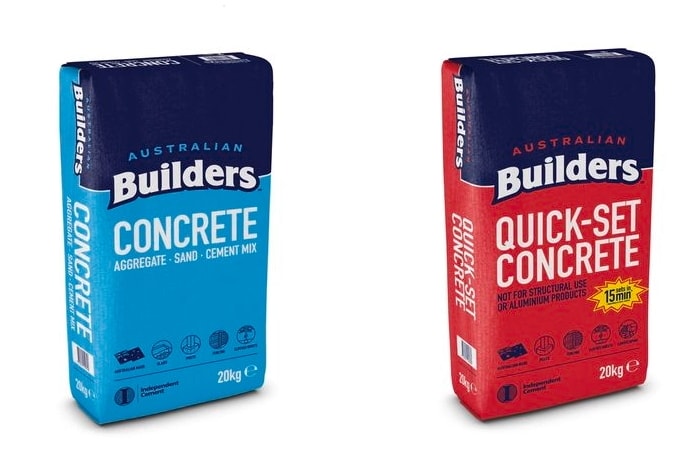Tomfh
Structural
- Feb 27, 2005
- 3,575
Bagged quick set concrete always says "not for structural use". What is "structural use" in this context of bagged concrete? and why do they warn not to use it? Is it because of the way it tends to be used, e.g. with limited control of water content? Is it because of the speed of set, which make it difficult to place and consolidate prior to it going off? Or it there something about it that really is no good for structural use?


![[wink] [wink] [wink]](/data/assets/smilies/wink.gif)